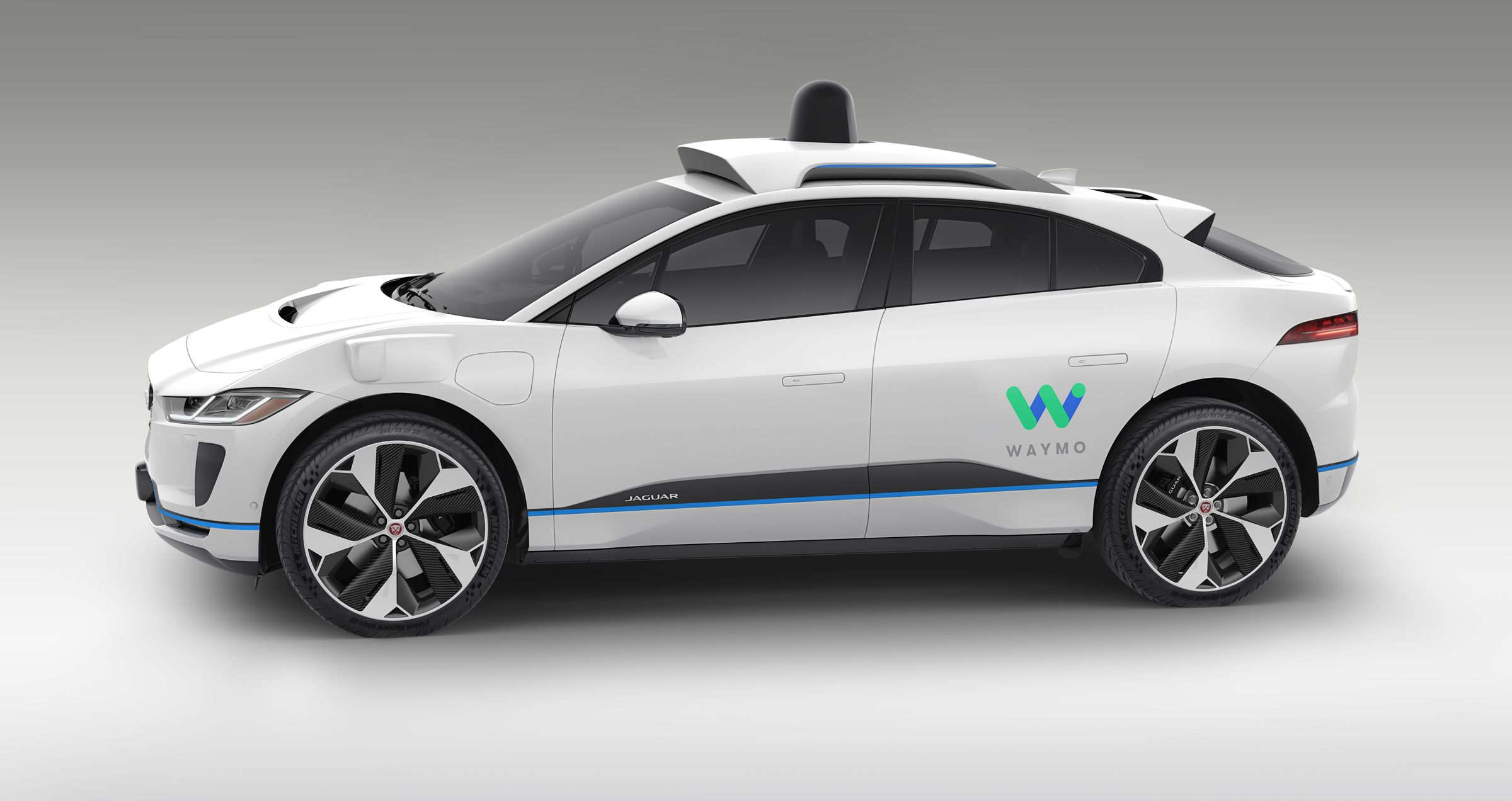In April 2021, Waymo’s CEO and CFO left the company. In addition, the Chief Safety Officer, head of manufacturing and global supply and general manager of Laser Bear LiDAR business, head of Automotive Partnerships and Corporate Development have also resigned since late 2020.
Waymo’s L4 development model has been set back. Its efforts to develop L4 with the model of “refitted vehicles-road test data collection-trial operation” hit a bottleneck, while companies like Tesla, Mobileye and Momenta adopt the widely-accepted “shadow model” where the data collected by L2 mass-produced vehicles are used to train a L4 algorithm model.
Except for few companies like Waymo and Uber which perform worse than expected, L4 autonomous driving firms in other fields gain momentum. Favored by capital in 2021, they make big strikes in technology and cost reduction, making a thriving market. As the saying goes, a thousand sails pass by the wrecked ship, and ten thousand saplings shoot up beyond the withered tree.
L4 autonomous driving for commercial vehicles enters the phase of cross-scenario mass production and application.
The demission of John Krafcik, Google Waymo’s CEO, becomes a watershed in the industry. It indicates that it is hard to achieve commercial operation of L4 autonomous driving in real terms by depending on tests and verifications in ideal conditions. Given this, large companies have started developing multi-scenario application solutions to amass data and iterate algorithms in actual operating scenarios.
In the near future, L4 autonomous driving layout will target designated scenarios, especially shared mobility, trunk logistics, autonomous delivery, and (semi-) closed scenarios.
L4 autonomous driving providers are working hard on application of the technology in different scenarios. Examples include Baidu Apollo with technical expertise in Robotaxi, autonomous minibus and autonomous parking, and providers like Waymo and Pony.ai which turn to autonomous logistics and delivery from Robotaxi.
Waymo:
By the end of 2020, Waymo has boasted a fleet of more than 600 Robotaxi. In 2021, Waymo plans to introduce a fleet of 100 Jaguar I-PACE autonomous vehicles equipped with the latest fifth-generation software and hardware.
In terms of autonomous commercial vehicles, following its in-depth cooperation with Volvo in 2020, Waymo partnered closely with Fiat Chrysler Automobiles (FCA) to manufacture autonomous commercial trucks, and introduced Waymo Via trucking service tested on roads in two states of the US.
Motional:
In March 2020, Hyundai and Aptiv set up a joint venture, a L4/L5 autonomous vehicle developer that integrated the resources of NuTonomy. The founding of this joint venture noticeably quickened their pace of deploying autonomous driving.
In October 2020, Motional and Lyft announced the resumption of their self-driving mobility service in Las Vegas; in March 2021, Motional indicated it will select Ambarella CVflow SoC family for its autonomous vehicles; in June 2021, Motional said it will launch nuPlan, an extended public dataset.
Pony.ai:
In February 2021, Pony.ai‘s first Robotaxis with the latest system rolled off its standard production line; in April 2021, Pony.ai upgraded PonyPliot+ Robotaxi service in all aspects; in May 2021, the Robotaxi service was landed in Yizhuang, Beijing.
As for autonomous commercial vehicles, Pony.ai set up its Truck Division in 2020 and acquired its first autonomous truck test license issued by Guangzhou at the end of the year; in March 2021, it introduced its truck brand-PonyTron.
Although the whole highly automated driving industry still faces a range of challenges such immature supply chain, very high cost, not enough safety, and unsound laws and regulations, and needs some time for commercial application in all scenarios, L4 autonomous driving technology is getting rapid upgrade and the overall cost is dropping, which makes the commercial use in designated scenarios an expectation.
